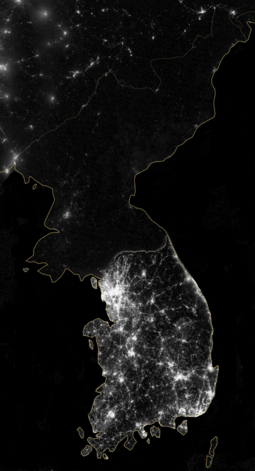Is Hustling Cheating?
Let me tell you a story, one that gives you a sense of just how fascinating gambling can be, especially when skill is involved and, well, a hustle is there to be exploited. Rhiannon and I watched this little drama unfold some years ago when we lived in Brooklyn. We were heading back after a stroll along the boardwalk that runs by the beach at Coney Island. In a small city park just off the boards there are several large concrete walls, each forming the business end of a handball court. One-wall handball. I had never thought of one-wall handball as much of a gambler’s game until that day but when we stopped to watch I saw that an awful lot of the players had (typically small) bets on nearly every game.
One-wall handball is exactly what is says it is. You hit the ball with your hand and there is only one wall. The object is to hit the ball to the wall on the fly and try to do so in a manner that minimizes the chances of your opponent doing likewise. The ball may bounce once between the wall and your hand; two bounces and you lose the point. In the more sophisticated versions, the game is played in expensive, specially constructed courts that are literally large rooms where all four walls can be used, rather like squash. One-wall handball, however, is for the street not the country club.
My attention was grabbed by two guys in their mid-20’s who were playing against each other for $5 a game. They were clearly friends and had come down to get some exercise and enjoy the competition. Among the crowd of onlookers there was this big guy in a suit watching them intently. He instantly made me think of the Big Julie character in the musical Guys and Dolls. He was a good six-two, looked and sounded very Noo Yawk, and had an engaging clumsiness about him that, as I would soon see, was but a well-crafted illusion.
Julie started kibitzing with the two guys who did the usual Brooklyn thing, told him to either shut the fuck up or get in and play. Julie laughed and took off his coat. He played a decent enough game losing by just a couple of points. One thing led to another, and pretty soon Julie was also putting up $5 a game. They were playing quick 7-point games. He won a couple and he lost a couple. I was standing there grinning and whispered to Rhiannon, “watch what happens now.”
After about twenty minutes Julie had taken off his shirt and tie but was still playing in street shoes. He was also now playing singles against the other two guys at once and the stakes crept up to $20 a game. Julie was winning but usually only by a point or two.
The stakes moved to $50 for the last game. It was strictly no contest. Julie was a master. Fade shots fell like a dying quail untouched, spin shots twisted off the wall at unreachable angles, power returns flew by off-balance opponents. Julie pocketed the $100 (along with the other $100 or so he had already won), put on his shirt and tie, thanked the two guys for a terrific set of games and left. They stood there kind of bewildered, trying to figure out what hit them.
Similar little dramas occur in bowling alleys and pool halls, on golf courses and at chess boards, on basketball courts and squash courts. There is always the question of whether someone is cheating you, hustling you, or merely outsmarting you. It seems pretty clear that Big Julie is a hustler but is he a cheat? The philosopher Dan Dennett likes to introduce what he calls “intuition pumps.” So, here’s a couple:
Suppose it turns out Julie had slipped a drug into his opponents’ water, how do we feel? Here he feels like a cheat. But in the original story he doesn’t. He’s an engaging character whose skills we admire. A Julie who drugs his opponents is a crummy, low-life slug. But most of us admire the hustling Julie who wins because he is a skilled player.
Whole books have been written about characters like Julie; they have become pieces of American iconography. One of the true legends of this genre was “Titanic” Thompson, a large man of considerable wealth with an insatiable appetite for a wager.
Thompson reportedly was the first to suggest what has become the prototype of the totally nutty bet, which of two rain drops would get to the bottom of a window pane first. In his long career he concocted some of the most bizarre wagers imaginable, habitually tiptoeing along the line that separates a clever hustler from a flat-out cheat.
Thompson once bet a golfing buddy that he could drive an ordinary golf ball over 600 yards off an ordinary tee. He waited until the dead of winter to execute the wager when he proceeded to smack a ball across a frozen lake where it skidded and bounced for nearly a mile. Did Thompson cheat his friend or merely outsmart him? But suppose Thompson had won the bet by going out to a regular golf course in the middle of spring but smuggled in a juiced golf ball? Now he feels like a cheat and I don’t like him anymore.
Finally, one last thought. What do the two guys Julie took for $200 think of him?


 Arthur S. Reber
Arthur S. Reber